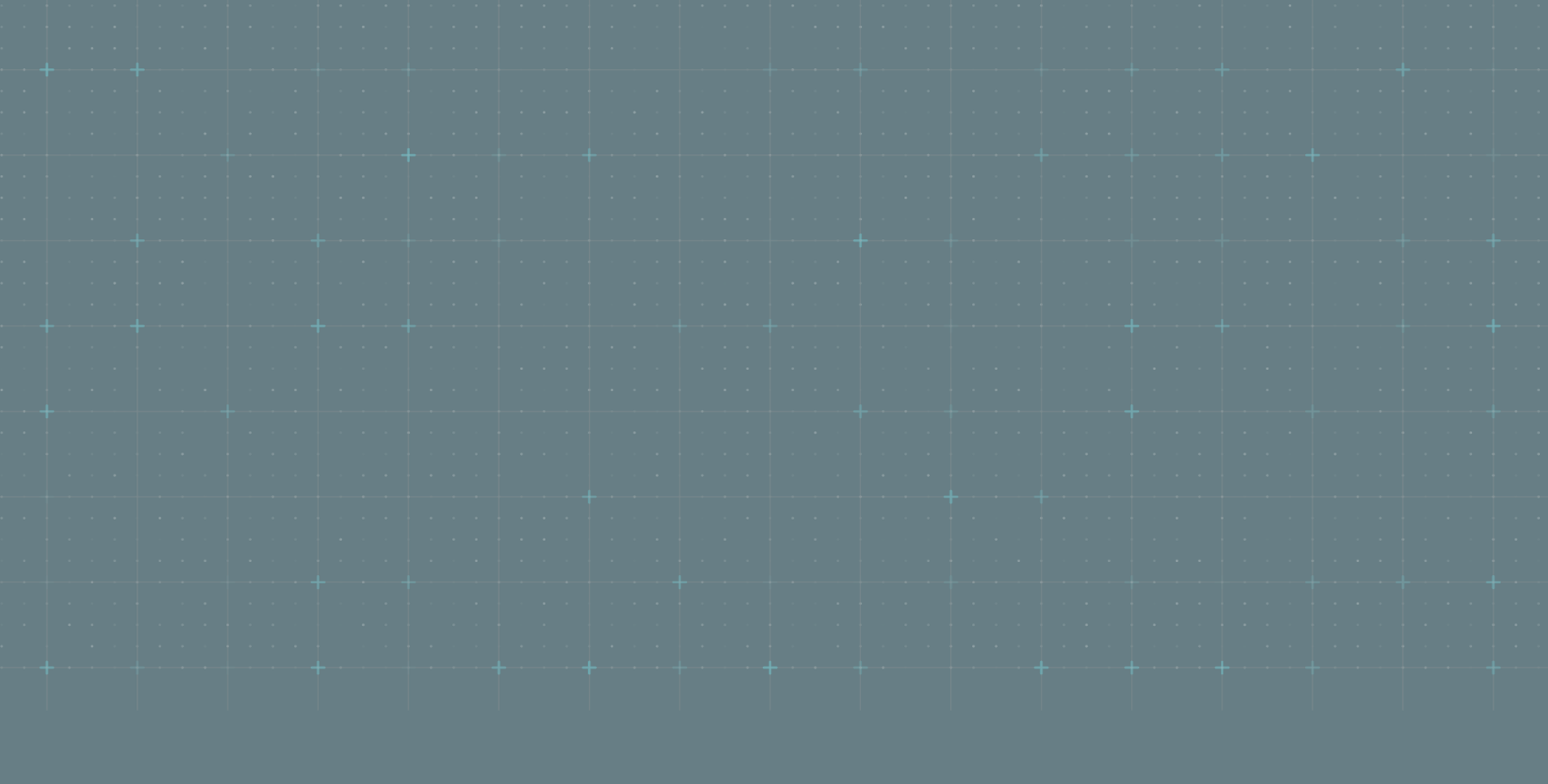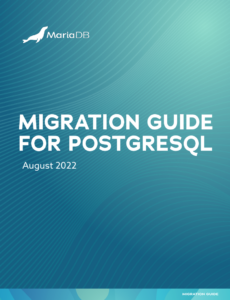MariaDB, MySQL and PostgreSQL are three of the most widely deployed open source relational databases in the world. While PostgreSQL is considered nearly on par with Oracle databases and Microsoft SQL, there are several reasons users of PostgreSQL have migrated to the latest versions of MariaDB Enterprise Server.

Replacing PostgreSQL with MariaDB
MariaDB meets the same standard enterprise requirements as PostgreSQL but there are several reasons users of PostgreSQL migrate to the latest version of MariaDB Enterprise Server.
Start small, grow fast
Ease and simplicity of starting new projects with MariaDB due to its smaller starting memory footprint and lightweight configuration
Pluggable storage engines
Pluggable storage engines including InnoDB, Spider, Aria, ColumnStore and many others provide a range of possibilities for scaling, high availability and columnar analytics
Multiple cluster options
Built-in sharding and horizontal partitioning tables across multiple servers with clustering using Spider and Xpand or Galera Cluster
Shared innovation
Vibrant open source community of active contributors with GNU and GPL licensing (Note: PostgreSQL uses an open source license akin to BSD innovations do not have to be shared)
One throat to choke
Single open source base and an option for a single commercial support vendor in MariaDB Corporation for a consistent set of advanced features and functionality across all major cloud platforms and on premises

4 Ways to Do More with MariaDB
MariaDB and PostgreSQL are both general-purpose databases. However, while PostgreSQL has only one primary storage engine for standard transaction processing, MariaDB has realized the full potential of its pluggable storage engine architecture to support scalable analytics, transactions and hybrid transactional/analytical processing – even in the free Community Server version. Most enterprise features, including pluggable storage can be found in proprietary offshoots from PostgreSQL but not in the core version.
Temporal tables
MariaDB is the only open source database to implement system-versioned, application-time period and bitemporal tables, granting developers the ability to query data based on a previous point in time and DBAs to audit and/or recover data after it was changed.
Learn MoreOracle Database compatibility
MariaDB is the only open source database compatible with Oracle Database data types, sequences, PL/SQL stored procedures and more, making it possible to “lift and shift” without having to modify database schemas and rewrite store procedures.
Learn MoreFederation
MariaDB and MySQL can access tables in other MariaDB/MySQL databases, but only MariaDB can federate heterogeneous databases, including Oracle Database, Microsoft SQL Server and IBM Db2, to consolidate data access and/or simplify database migration.
Learn MoreColumnar storage format
MariaDB supports both row and columnar storage. It can be deployed as a data warehouse for interactive, ad hoc analytics or as a hybrid transactional/analytical processing (HTAP) database, storing current data in row storage and historical data in columnar.
Learn More



